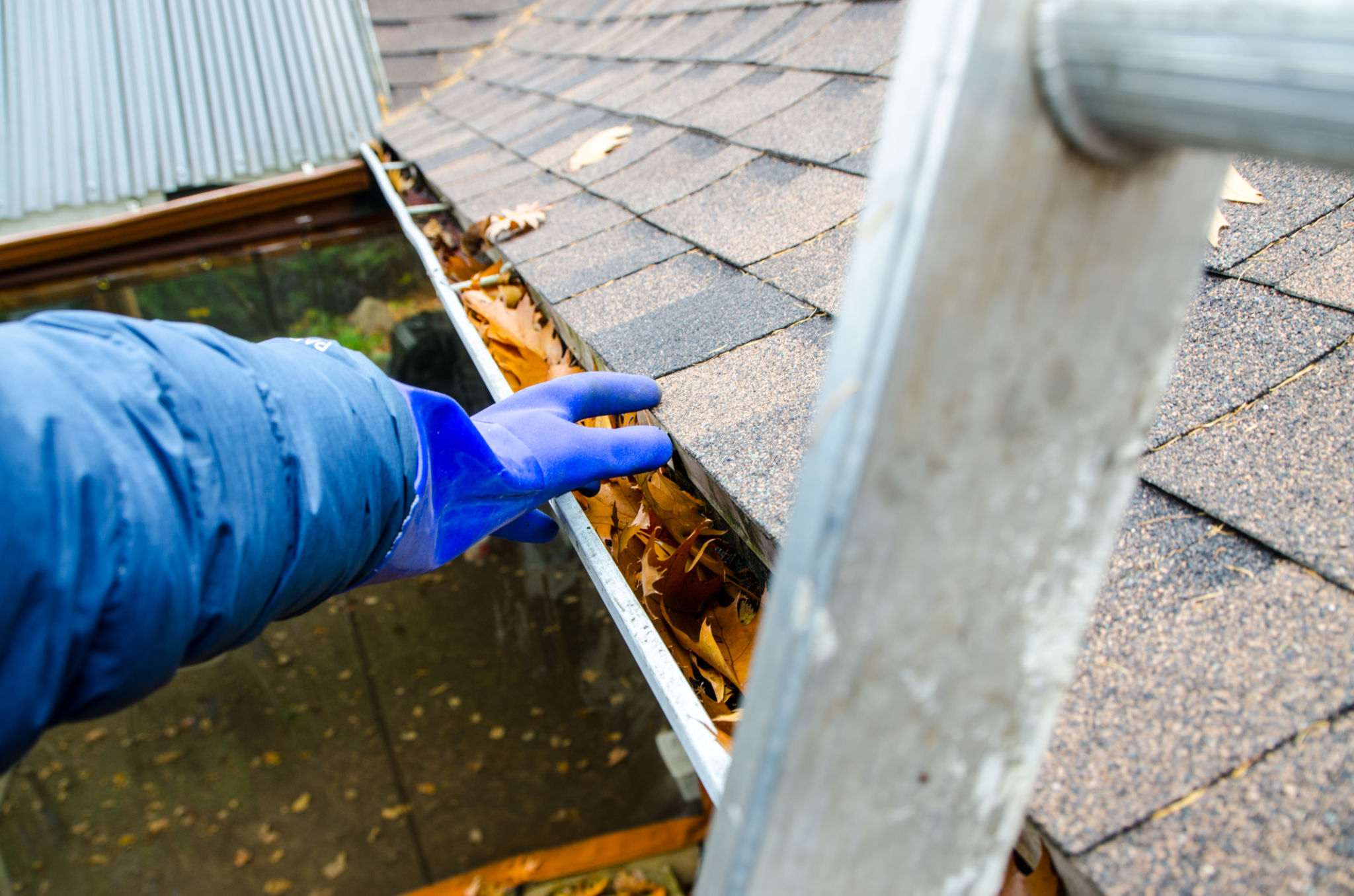Preparing Your Home for Winter: Essential Maintenance Checklist
Inspect and Clean Gutters and Downspouts
Before winter arrives, it's crucial to inspect and clean your gutters and downspouts. Leaves, twigs, and debris can clog these essential drainage systems, leading to water overflow and potential damage to your home. Use a sturdy ladder and a pair of gloves to remove any blockages. Consider installing gutter guards to prevent debris accumulation in the future.

Once clear, ensure that your downspouts direct water at least three feet away from your foundation. This helps to prevent water from seeping into your basement or crawl space during heavy rain or snowmelt.
Check Heating Systems
Your heating system is a lifeline during the cold months, so it's vital to ensure that it's functioning efficiently. Start by replacing the filters in your furnace. Dirty filters can impede airflow, making your system work harder and increasing energy costs. Schedule a professional HVAC technician to inspect and service your furnace or boiler for optimal performance.

If you use a fireplace or wood stove, have your chimney cleaned and inspected by a certified professional. This prevents creosote buildup, which is a fire hazard. Also, check that smoke and carbon monoxide detectors are working properly, replacing batteries where necessary.
Seal Windows and Doors
Prevent drafts by checking the seals around your windows and doors. Inspect for any gaps or cracks that could let in cold air and seal them with weatherstripping or caulk. This simple step can significantly improve your home's energy efficiency, keeping it warm and reducing heating costs.

Consider using draft stoppers for doors that lead outside or to unheated areas. For added insulation, you might also want to install thermal curtains to keep the warmth inside during those chilly winter nights.
Prepare Outdoor Areas
Don't forget about your outdoor spaces when preparing for winter. Drain garden hoses and store them indoors to prevent them from freezing and cracking. Shut off exterior water faucets from inside your home to avoid pipe bursts. If you have outdoor furniture, cover or store it to protect against harsh weather conditions.
Trim any overhanging tree branches that could break under the weight of snow or ice, potentially damaging your home or power lines. Clear walkways and driveways of leaves and debris to ensure safe passage during icy conditions.
Inspect the Roof and Attic
Your roof is your home's first line of defense against winter weather, so it's important to inspect it for any damage. Look for missing or damaged shingles and have them repaired promptly. Check for any signs of leaks or water damage in the attic, as these can lead to costly repairs if left unattended.
Ensure that your attic is well-insulated to prevent heat loss. Proper insulation not only keeps your home warmer but also helps prevent ice dams from forming on the roof by maintaining an even roof temperature.
